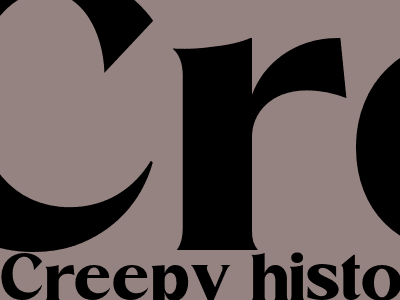
Creepy Historical Finds from Around the World
What is a creepy historical find?
A creepy historical find is an object or artifact that is discovered and is considered to be unsettling, macabre, or disturbing. These finds can range from ancient burial sites to human remains to objects that are believed to be cursed or haunted.
Why are creepy historical finds so fascinating?
Creepy historical finds are fascinating because they offer a glimpse into the past that is both captivating and unsettling. They can provide us with insights into the beliefs, practices, and experiences of our ancestors and can help us to understand how they viewed the world around them. Additionally, creepy historical finds can be a source of entertainment and can provide us with a sense of wonder and mystery.
What are some examples of creepy historical finds?
There are many different examples of creepy historical finds that have been discovered around the world. Some of the most famous include:
- The Voynich Manuscript: This mysterious manuscript, which is written in an unknown language, is believed to date back to the 15th century. It contains strange illustrations and diagrams that have never been deciphered.
- The Winchester Mystery House: This bizarre and sprawling mansion in San Jose, California was built by Sarah Winchester, the widow of William Wirt Winchester, the heir to the Winchester rifle fortune. The house is full of secret passages, staircases that lead to nowhere, and other strange architectural features that are said to be the result of Sarah Winchester's belief in ghosts.
- The Sedlec Ossuary: This church in the Czech Republic is decorated with the bones of over 40,000 people. The bones were arranged in elaborate patterns to create a macabre and unforgettable sight.
- The Catacombs of Paris: These underground tunnels contain the remains of millions of Parisians who were buried there in the 18th and 19th centuries. The tunnels are a popular tourist attraction, but they can also be a creepy and unsettling place to visit.
- The Nazca Lines: These giant geoglyphs, which are located in the Nazca Desert in Peru, were created by the Nazca people over 2,000 years ago. The lines depict a variety of animals, plants, and geometric shapes, and they are believed to have been used for ceremonial purposes.
What can we learn from creepy historical finds?
Creepy historical finds can teach us a lot about the past. They can provide us with insights into the beliefs, practices, and experiences of our ancestors, and they can help us to understand how they viewed the world around them. Additionally, creepy historical finds can be a source of entertainment and can provide us with a sense of wonder and mystery.